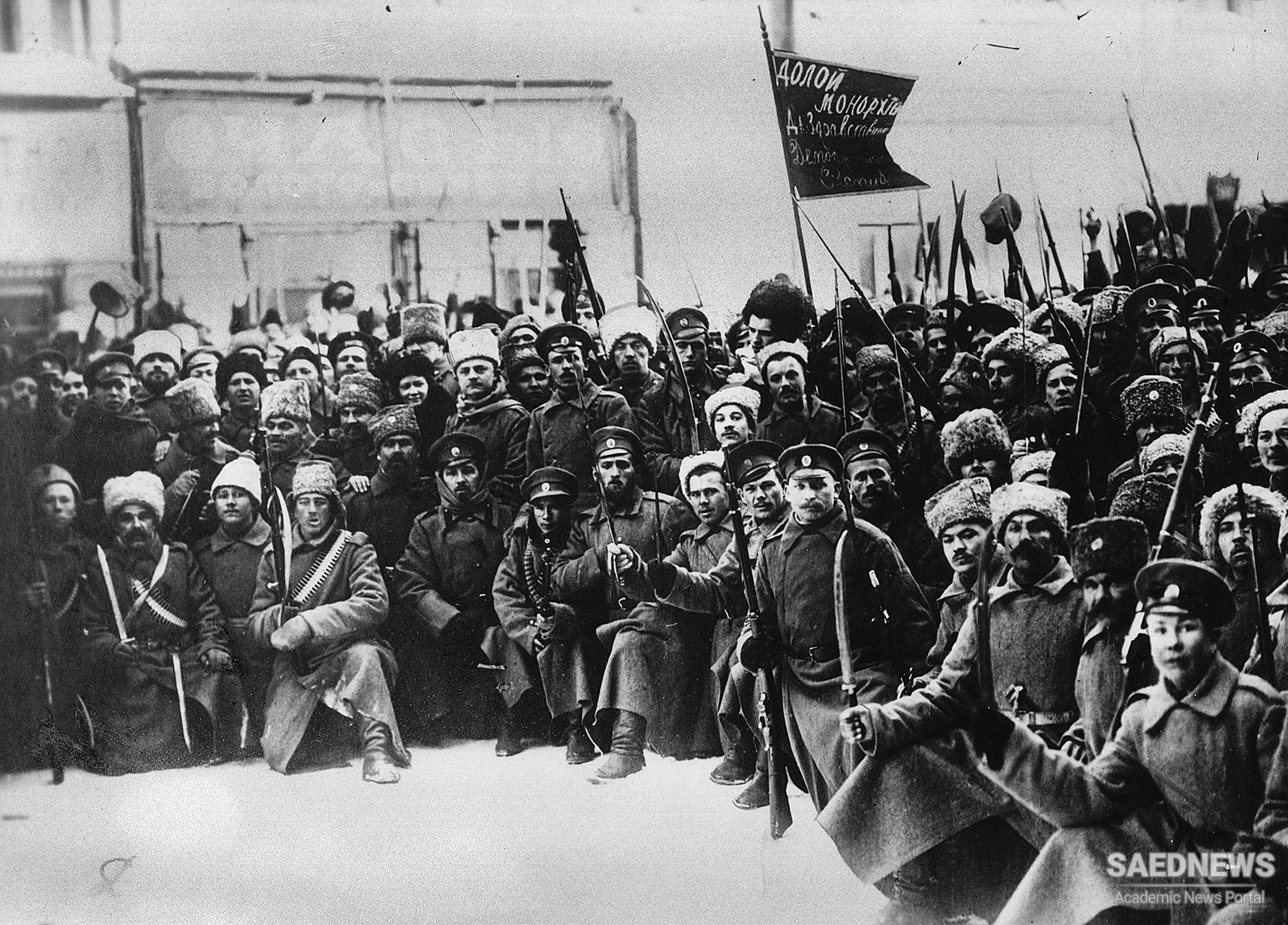The chief aim of Russian revolutionaries, such as the war commissar Leon Trotsky, in landing troops in Iran was to frighten the British and hamper their support for the White Army. They held the view that Iran was not ripe for a Bolshevik-style revolution, while others, mostly communists from the Caucasus, firmly believed in exporting revolution by covert or overt assistance to the indigenous nationalist movements.
As in neighboring Republic of Turkey, the lure of Bolshevism grew stronger among Iranian nationalists once the Great War came to an end and the Iranian political landscape appeared ever more bleak. In 1918 hope for the Paris Peace Conference and President Woodrow Wilson’s doctrine of self-determination to address Iran’s grievances soon evaporated.
This was at a time when British forces occupied nearly the entire country, and the Jangal movement was divided and distraught. It was as if Iran had gotten a worse deal than it had when tsarist Russia had occupied much of the country. Nationalists were further disillusioned and disarmed as the weakling central government struggled to remain relevant.
On the more positive side, the Bolshevik invasion of the north provided a justification for Iran to be accepted into the League of Nations. Soon after, by March 1920, to counter growing British influence, the Iranian government reached out to Moscow in the hope of stabilizing the situation in the north.


 Shivering Peace and Burning Hatred
Shivering Peace and Burning Hatred














































